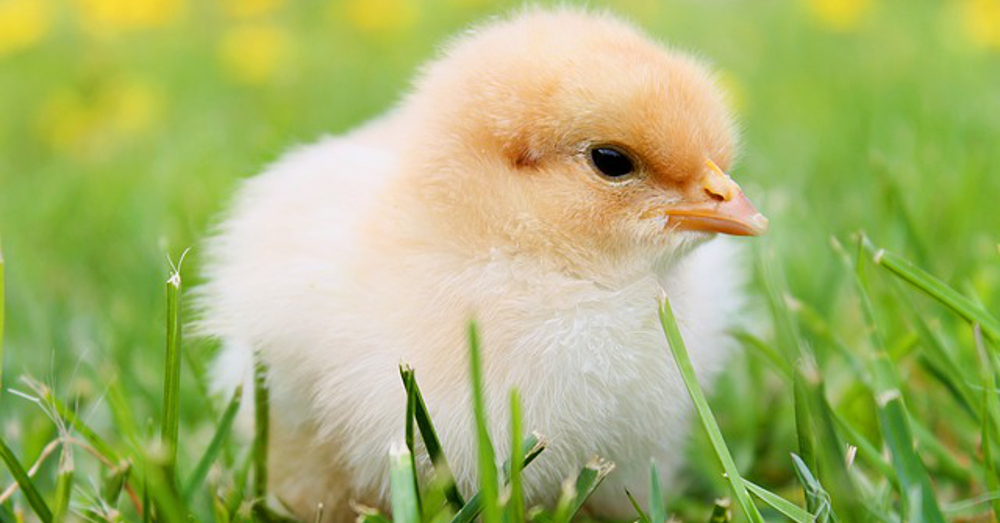
The ABCs of Caring for Baby Chicks
Although it's the dead of winter, many chicken enthusiasts are already planning how they will start or expand their flock come spring. Maybe you are browsing sales ads and hatchery catalogs, in delicious hesitation about the perfect breed to start raising when the days get longer and warmer. If you have hatched some chicks in the incubator or brought some home from a breeder, it is your responsibility to provide all their needs.
January 2, 2018 | Source: Mother Earth News | by Anna Twitto
Although it’s the dead of winter, I know that many chicken enthusiasts like myself are already planning how they will start or expand their flock come spring. Maybe, like us, you are browsing sales ads and hatchery catalogs, in delicious hesitation about the perfect breed to start raising when the days get longer and warmer.
We are big proponents of breeding and raising chicks the natural way, with broody hens, but sometimes running the incubator or ordering a batch of baby chicks can have definite advantages – such as, for example, the ability to monitor valuable eggs extra carefully, and to give your flock a head start in the spring. If you are not averse to the idea of keeping chicks indoors for a few weeks, your February babies may well be ready for the outdoors as early as March or April, depending on your local weather – at about the time when your hens are just thinking of getting back to laying.
Start With the Basics
If you have hatched some chicks in the incubator or brought some home from a breeder, it is your responsibility to provide all their needs – a safe, warm, clean environment with food and fresh water always available.
We do things very simply around here. For our brooder, we use a large cardboard box lined with newspaper or wood shavings, which are changed often. A heating lamp is suspended from a board placed across the top. We provide food in one tray and water in another – a heavy ashtray works very well for this purpose, as it’s stable enough not to be overturned and flat enough so that chicks won’t drown or get wet through if they stand in their water, which they like to do. If you use a deeper dish, fill it with marbles or rocks.
